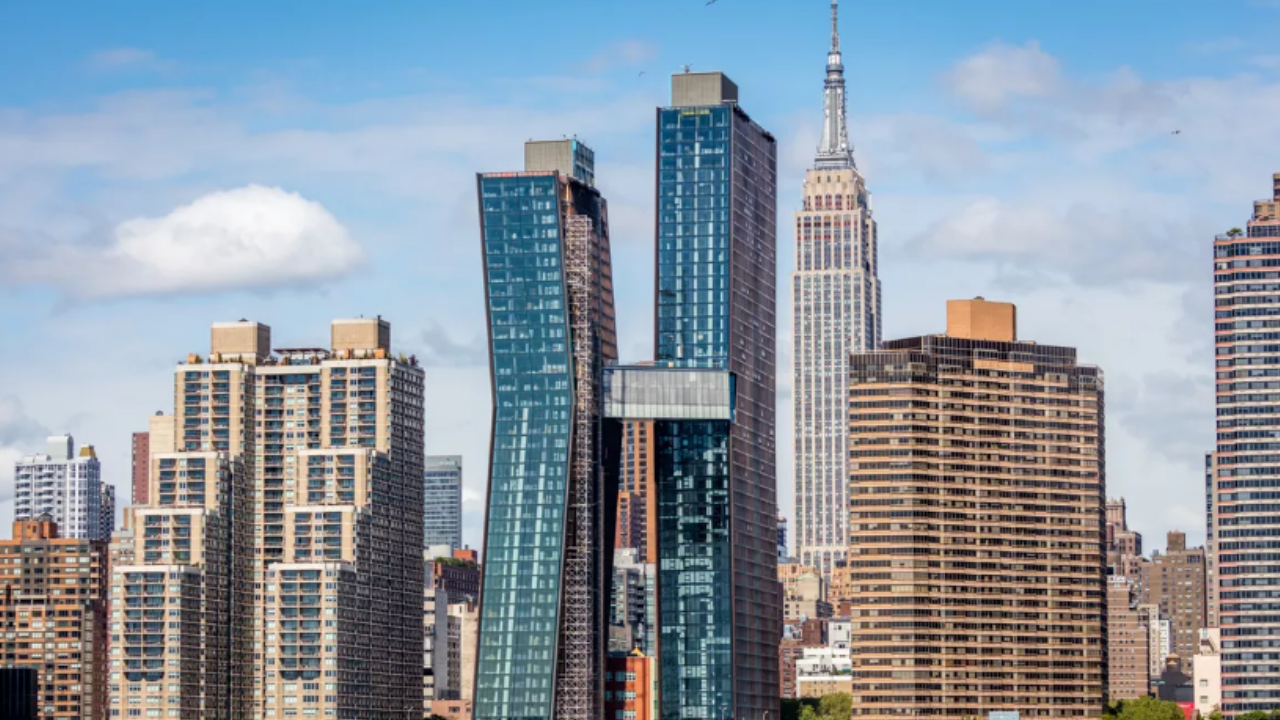CBRE’s 2019 Real Estate Market Outlook shows that the U.S. economy is expected to continue booming in the commercial real estate sector into 2019.
Additional allocation from investors is expected as they hunt for opportunities in secondary markets and other real estate sectors such as office and multifamily units.
The outlook also anticipates that the lack of economic shocks, such as rising inflation and import costs, will lead the economy to a solid growth of 2.7% in gross domestic product that will benefit all real estate sectors. This should contribute to stable capitalization rates, marking the 10th consecutive year of positive net absorption in the office market.
“Continued economic growth bodes well for all sectors, sustaining job growth for the office market, consumer confidence for retail and industrial, and entity-level, mergers-and-acquisition activity for the capital markets sector,” said Richard Barkham, Global Chief Economist and Global Head of Research of CBRE.
Barkham also said that CBRE is confident in momentus consumer spending, but growth may be slightly less in 2019 due to inflation and the slowing of the single-family housing market.
M&A momentum should carry on into 2019 due to limited supply of individual assets. Borrowing costs should slow, but the amount of equity for investments in real estate should support the number of transactions.
There should be a 1.6% growth of in office-using jobs in 2019 and office vacancy rates should rise slightly as completed construction sites exceed absorption.
Workers are expected to continue favoring coworking spaces and flexible leases as the sector continue to take a big portion of the market.
Despite this, vacancy is at a historical low of 4.3% with construction still being constrained, causing operators to limit expansion.
“We anticipate little impact on import volume from tariffs as long as the U.S. economy, employment and the dollar remain strong,” said Barkham. “New trends likely to add momentum in 2019 include development of multistory warehouses in select markets and a shift to more industrial cold-storage space from retail cold-storage space.”
Retail sales are expected to grow in 2019 as well. The department store industry is anticipated to lead to more retail properties filling or replacing spaces with food and beverage, fitness, offices, hotels, and other nonretail spaces to mesh the online and in-store retail market.
Multifamily arrangements will continue to remain near the cyclical peak, but new starts are slowing. CBRE predicts this will lead to a balanced market by 2020 that supports rent growth.
Workforce housing is also expected to generate rent gains due to the demand outweighing supply


 Dr. Gleb Tsipursky – The Office Whisperer
Dr. Gleb Tsipursky – The Office Whisperer Nirit Cohen – WorkFutures
Nirit Cohen – WorkFutures Angela Howard – Culture Expert
Angela Howard – Culture Expert Drew Jones – Design & Innovation
Drew Jones – Design & Innovation Jonathan Price – CRE & Flex Expert
Jonathan Price – CRE & Flex Expert












